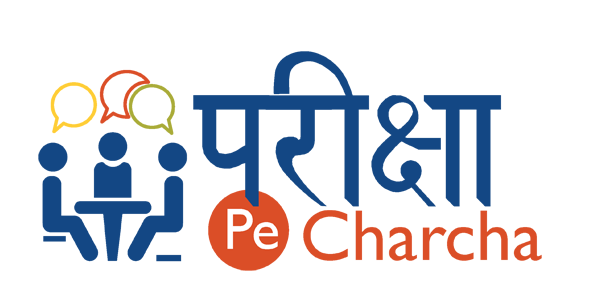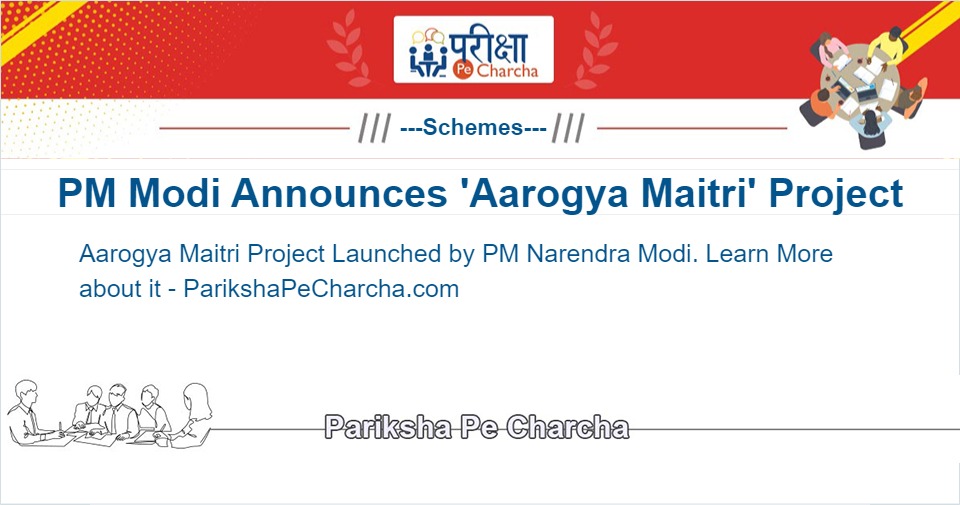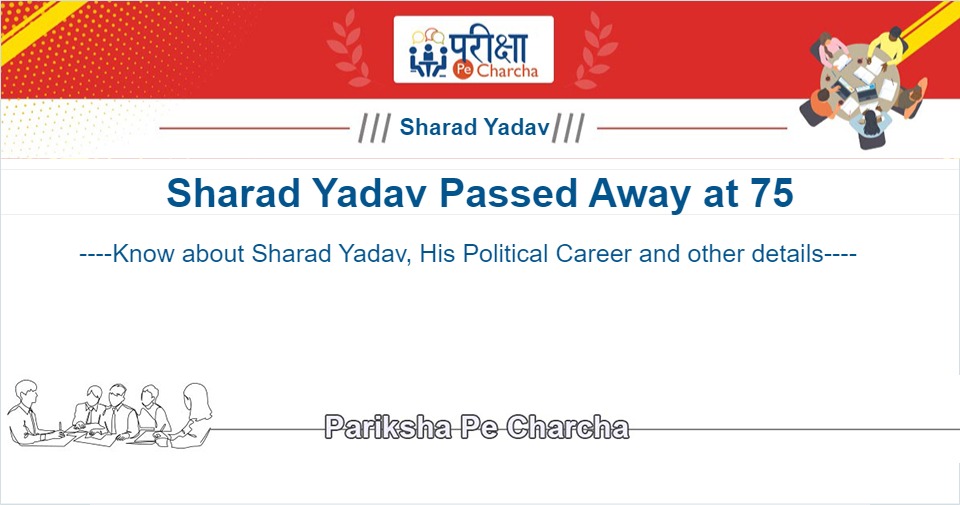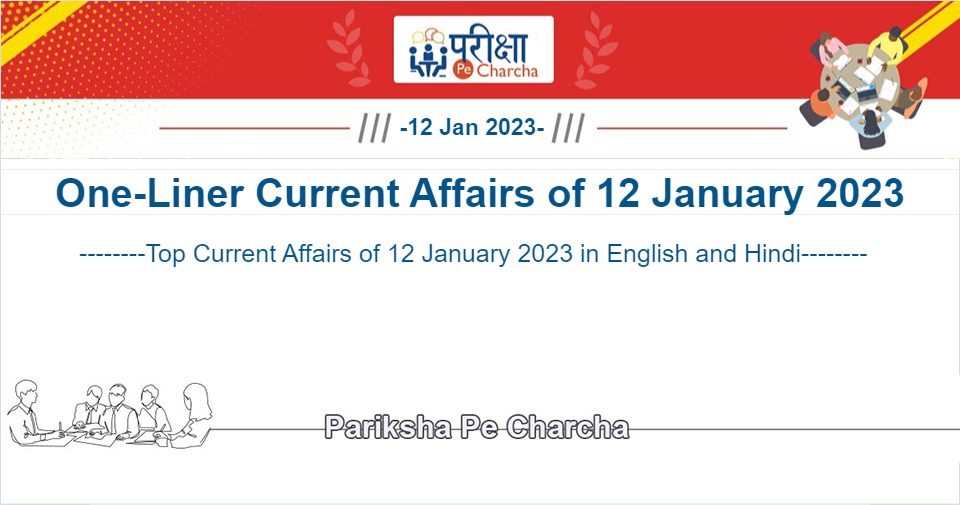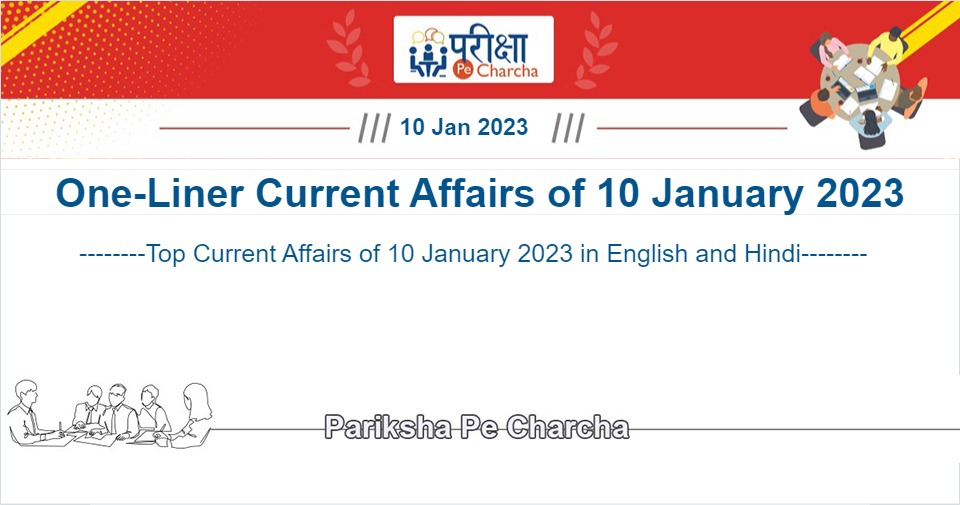IMPROVEMENTS REQUIRED IN PRIMARY LEVEL EDUCATION
Primary Education is the primary stage of formal education, after preschool and before secondary school level. Primary education is provided at primary level, elementary level and secondary level. Primary education starts at the age of 6 years and goes up to the age of 13 years. Primary education is divided into two levels: Lower Primary (Class I-V) and Upper Primary (Class VI-VIII). It is designed to give the basic education in reading, writing, listening, speaking and mathematics along with the elementary understanding of the other subjects. Lower Primary curriculum includes subjects like English, Hindi, Mathematics, Environmental Science, Information & Communication Technology, Visual Arts & Performing Arts, Physical Education, and Life Skills. Whereas, Upper Primary Curriculum includes subjects like English, Hindi, Mathematics, Science, Social Studies, Foreign Languages, Computer Applications, Physical education, Art Education.
Students in primary schools are at different phases of development, and their needs vary greatly. Some demand for better infrastructure facilities whereas some look for quality education which focuses on holistic development of the children and are aspired to learn through various teaching learning resources.
Much improvement is made in the Indian Education System at the Primary Level since the independence. Despite such improvements, we are continuously seeing a huge dropout rate in schools. In order to diminish the dropouts from school, certain improvements are still required at the primary level.
REDUCING CLASS SIZE
In many schools it is observed that class size is the major issue in the school education system. Be it government schools, public schools or private schools, the teacher student ratio is the major problem which affects the teaching – learning practice. According to University Grant Commission (UGC), the teacher student ratio must be 1:30, which means, for every thirty students there should be one teacher.
MAINTAINING INFRASTRUCTURE
Having a good infrastructure in schools does not only mean to have big classroom. Every school should have some basic amenities which are needed by the students. This includes clean and hygienic washrooms for boys and girls, clean drinking water, playground for co-curricular activities, well maintained Science laboratories with adequate equipment for the use of the children, Language Labs for English or any other Foreign Languages, Computer Labs with functioning computers, Art & Craft and Music room, etc.
INADEQUATE TEACHER QUALIFICATION
Teachers are the key source of imparting education to children. Nowadays, teachers qualify the basic education required for teaching through distance mode education where the quality of learning the techniques for teaching is compromised. Strict actions should be taken up by the higher authorities like MHRD, UGC, etc. to ensure that trained teachers are selected for teaching in any educational institute, school or university. Also, special teacher training programmes should come up to ensure the good quality of teaching.
ADEQUATE LEARNING RESOURCES/TEACHING METHODOLOGY
With the high demand of ICT in schools, teachers need to prepare themselves according to the current education system. Earlier, teachers usually followed the lecture method but nowadays with the evolution of technology, new teaching applications and teaching aids are in huge demand by the school to make the learning interesting and effective. This is done to involve students in class participation which results in holistic development of the individual. In order to make the teaching learning process effective, low cost teaching learning resources should be prepared by the teachers to yield big results. Recent initiatives which focus on having smart classes in schools tackle the need for enabling the environment with various features and facilities such as delivering digital content, delivering classes by experienced teachers, interactive classes through video conferencing, etc.
EXTRA – CURRICULAR ACTIVITIES
Extra-curricular activities also have a major role in the development of the child. Schools should have sporting facilities, art and craft facilities and other cultural activities for the children who contribute in building student’s life skills and personality.
REMEDIAL CLASSES
Some children require extra care in learning and this need can be fulfilled by providing remedial classes to those children so that the desired learning outcomes are achieved by all. Adequate time and proper support should be provided to these children in order to improve the learning process and better results can be achieved.
GENDER STUDIES EDUCATION
When we talk about providing gender education to the students, we should focus not only women or men but also to other genders like Transgender. Promoting gender equality through education has an important role to play in students’ learning process. Boys and girls should be taught about gender sensitive issues at primary level and curriculum should be framed in such a way that it maintains gender equality in all aspects.
ASSESSMENT AND EVALUATION
Assessing the student is one of the primary features of education. It helps in gathering information about the student whether they have understood the subject or not and whether the desired learning outcomes are achieved. Regular and continuous evaluation should take place in schools along with regular feedback from teachers and parents should be given to the student to ensure quality learning.
CONCLUSION
Thus, with such techniques, we can help in improving the level of education at the primary level. The minds of children at primary level can be easily molded according to the requirements of the society which shows a great impact on their future intellectual growth. It has become the need of the hour to address the gaps in the level of education.
